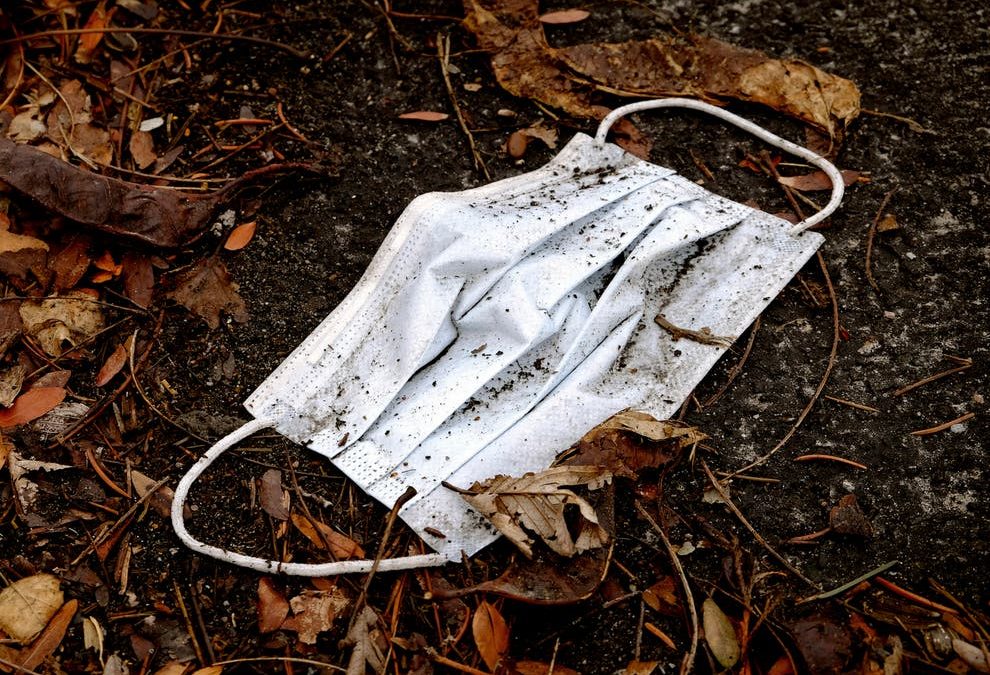SOURCE: The Independent
DATE: March 11, 2021
SNIP: The huge demand for face masks in the year since the coronavirus pandemic has swept the globe has resulted in enormous production of disposable masks, but it is now feared that undisposed of properly, they pose a major threat to the natural world.
Recent studies estimate around the world humans are now using a mind-boggling 129 billion face masks every month. Taking 31 days in a month that is an average usage of 2.8 million masks a minute being used across the planet.
Researchers now warn the huge volume of mask, with their plastic composition, pose a growing environmental threat and are urging action to prevent it from becoming the next plastic problem.
Environmental toxicologist Elvis Genbo Xu from the University of Southern Denmark and professor Zhiyong Jason Ren, an expert in civil and environmental engineering at Princeton University, said: “Disposable masks are plastic products, that cannot be readily biodegraded but may fragment into smaller plastic particles, namely micro- and nanoplastics that widespread in ecosystems.
“The enormous production of disposable masks is on a similar scale as plastic bottles, which is estimated to be 43 billion per month.”
If not disposed of for recycling, like other plastic waste, disposable masks can end up in the environment, freshwater systems, and oceans, where weathering can generate a large number of micro-sized particles (smaller than 5mm) in a matter of weeks and further fragment into nanoplastics (smaller than 1 micrometer).
The researchers stressed they do not know exactly how masks contribute to the large number of plastic particles detected in the environment – simply because no data on mask degradation in nature exists.
“But we know that, like other plastic debris, disposable masks may also accumulate and release harmful chemical and biological substances, such as bisphenol A, heavy metals, as well as pathogenic micro-organisms,” said Dr Genbo Xu.
“These may pose indirect adverse impacts on plants, animals and humans.”

